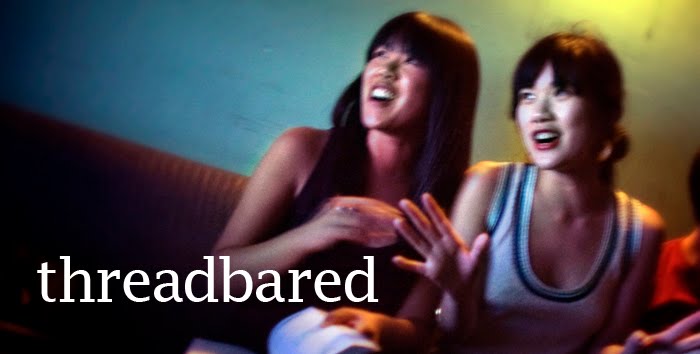
Young adult books about the Muslim girl usually feature a veiled adolescent on the cover. Her face is cropped and concealed, usually by her own hands or her veil. Much of her face is covered, including, most significantly, her mouth. Images serve as a shorthand vocabulary. Consider how iconic images—a white or black cowboy hat, a scientist wearing a white lab coat, a princess—set up a stock plot. The repeated images of veiled girls reinforce familiar, mainstream ideas about the confined existence of Muslim women and girls. This is the Muslim girl story we expect to read.
...
Just about every book in this genre features such an image on its cover. These are familiar metaphors for how the Muslim girl’s life will be presented within the novel. The way the girls’ mouths are covered reinforces existing ideas about their silence and suggests that we in the West (conceptualized as “free” and “liberated”) need to help unveil and “give” them voice. The images also invite ideas about girlhood innocence and vulnerability, and invite Western readers to protect, save, and speak for these oppressed girls.
...
The veil or burqa, which has exclusively functioned as the short-hand marker of women’s oppression, is a much more complicated thing. To give you a sense of the range of meaning of the veil, consider for instance that in Turkey—a predominantly Muslim country—the veil (or “religious dress”) is outlawed in public spaces as a means to underline the government’s commitments to Kemalism, a “modern,” secularist stance. In response and as a sign of resistance, some women, especially young university students and those in urban areas, consider the veil to be a marker of protest against government regulation of their bodies and the artificial division of “modern” versus “faithful.” Similar acts of resistance are taken up by feminists in Egypt who wear the veil as a conscious act of resistance against Western imperialism. As another example, before 9/11, the Revolutionary Association of Women in Afghanistan (RAWA) documented the Taliban’s crimes against girls and women by hiding video cameras under their burqas and transformed the burqa from simply a marker of oppression to a tool of resistance.
It is problematic to wholly and simplistically equate women’s oppression with the burqa, just as it would be problematic to claim that once Western women stop using make-up to cover their faces, it will mean an end to domestic violence in the United States and Canada.
-- Özlem Sensoy and Elizabeth Marshall, excerpts from "Save The Muslim Girl!," a series on Muslimah Media Watch on Muslim girls in contemporary young adult fiction
